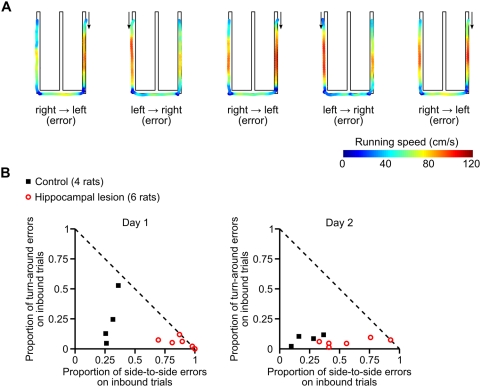Figure 6. Effect of hippocampal lesions on inbound errors during early task experience.
(A) Example of perseverative errors made by a hippocampal lesion subject during the first session of the W-track continuous alternation task. Path-maps are shown for five consecutive incorrect inbound trials. The paths are color-coded to indicate the rat's instantaneous running speed. Arrows indicate the direction of travel. (B) Scatterplots showing the pattern of inbound errors on on day 1 (left) and day 2 (right) of the W-track continuous alternation task. The plotted symbols show, for each individual subject, the proportions of errors on inbound trials, classified according to destination: the proportion of inbound trials in which the subject ran from one side food-well to the opposite side, skipping the center arm (horizontal axis); and the proportion of inbound trials in which the subject returned to the outside arm food-well from which it had just departed (vertical axis). The dashed diagonal line indicates the maximum possible values of these error proportions. A larger proportion of lesioned animals' inbound trials were associated with side-to-side trajectories on both day 1 and day 2 as compared to controls (day 1, p<0.01; day 2, p<0.04).

